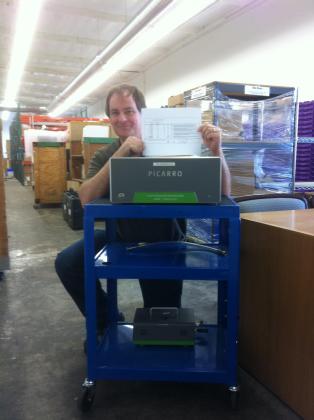A New European Network of Young Researchers to Unveil Past Climate Changes in Antarctica
Picarro is proud to support important climate science. We are a partner of the DEEPICE project, an innovative training network in instrumentation, ice core analysis, and glaciological and climatic modelling. For their new European collaboration, we’re excited to support training schools and host an intern to assist in the development of analytical methods for ice core measurements that will answer key questions about the impact of large climate shifts on the Antarctic ice sheet.




